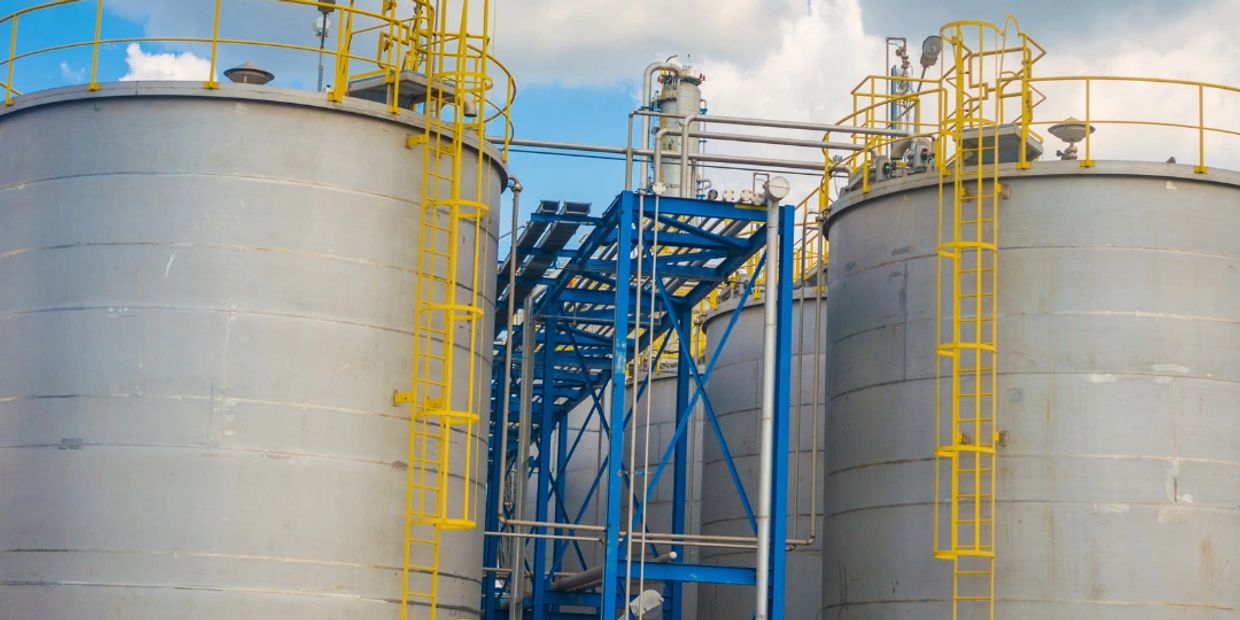Why Regular Tank Welding Inspection is Crucial for Structural Honesty
Why Regular Tank Welding Inspection is Crucial for Structural Honesty
Blog Article
A Thorough Summary of Tank Welding Evaluation Criteria and Methodologies for Improved Weld Top Quality and Performance
The significance of welding inspection requirements in the manufacturing of storage tanks can not be overemphasized, as they serve as the backbone for ensuring weld integrity and functional dependability. Numerous examination techniques, including visual analyses and progressed non-destructive screening approaches, are critical in identifying prospective imperfections that could jeopardize performance.
Value of Welding Evaluation Standards

Welding assessment criteria incorporate a range of criteria, including product specs, welding treatments, and qualifications of workers associated with the welding procedure. By enforcing these requirements, organizations can systematically identify and correct possible flaws, thereby decreasing the probability of expensive repairs or catastrophic failures. Moreover, rigorous assessment methods foster a culture of responsibility and accuracy, encouraging welders to keep high degrees of craftsmanship.

Usual Welding Evaluation Methods


Ultrasonic Evaluating (UT) is another common technique, using high-frequency sound waves to detect interior flaws that may not be noticeable externally. This approach is specifically efficient for identifying voids or inclusions within the weld steel. Magnetic Bit Checking (MT) is likewise commonly used, particularly for ferromagnetic products, as it exposes surface and near-surface defects with the application of electromagnetic fields and ferrous fragments.
Additionally, Fluid Penetrant Screening (PT) detects surface-breaking flaws by applying a penetrant to the weld and afterwards using a programmer to extract the penetrant. Each of these techniques adds to a comprehensive examination technique, making certain that welds satisfy the strict top quality requirements required in container building and construction.
Regulatory Requirements and Compliance
Regulative requirements and compliance are vital elements in ensuring the security and dependability of welded structures in container construction - Tank Welding Inspection. These requirements offer to establish minimum requirements for material residential properties, welding procedures, and evaluation practices, thereby lowering the risk of structural failings and boosting general performance
Key companies, such as the American Culture of Mechanical Designers (ASME) and the American Welding Culture (AWS), offer standards that are image source extensively adopted in the market. Conformity with these standards not only makes sure adherence to ideal practices however likewise fulfills lawful and contractual obligations, safeguarding the interests of stakeholders.
Regulatory bodies typically mandate adherence to specific codes, such as ASME Code Area IX for welding qualifications and API 650 for bonded tanks. These codes detail needs for welding techniques, credentials of employees, and screening techniques to confirm weld stability.
Routine audits and examinations are vital to preserving compliance, as they aid identify inconsistencies from developed standards. Non-compliance can result in substantial penalties, project delays, and safety and security dangers. Therefore, a robust understanding of governing standards and a dedication to conformity are critical in accomplishing premium and durable welded storage tank frameworks.
Non-Destructive Evaluating Methods
How can the honesty of bonded frameworks be guaranteed without creating damages? Non-destructive screening (NDT) methods provide a robust solution, enabling inspectors to evaluate weld quality without jeopardizing the material - Tank Welding Inspection. Amongst one of the most usual NDT techniques are ultrasonic screening (UT), radiographic screening (RT), magnetic bit screening (MT), and color penetrant testing (PT)
Ultrasonic screening employs high-frequency acoustic waves to spot interior defects and identify product buildings. It provides precise measurements and is specifically effective for thick products. Radiographic testing includes passing X-rays or gamma rays through the weld, creating pictures that expose architectural issues such as cracks or gaps. This method is very useful for assessing the integrity of complicated welds.
Magnetic particle screening is matched for ferromagnetic products, where electromagnetic fields disclose surface and near-surface stoppages. Color penetrant screening uses a liquid dye to highlight surface-breaking flaws, making it a reliable technique for non-porous materials.
Each of these NDT approaches has unique benefits, allowing for extensive evaluations customized to certain materials and welding procedures. By carrying out these strategies, industries can guarantee the integrity and safety and security of welded frameworks, ultimately enhancing general efficiency.
Enhancing Weld High Quality With Examination
Reliable assessment plays an essential function in enhancing weld quality, working as an important checkpoint in the construction procedure. By recognizing possible flaws early, assessments alleviate the danger of jeopardized architectural stability and make certain conformity with market criteria. Using a mix of aesthetic evaluations, non-destructive testing (NDT) techniques, and mechanical assessments, assessors can spot problems such as porosity, fractures, and incomplete find this combination.
Applying a durable evaluation protocol not only enhances the overall high quality of welds yet additionally fosters a culture of accountability amongst welders and makers. Normal training and accreditation of inspection workers make certain that they are furnished with the essential skills to identify and deal with possible problems properly. This proactive technique minimizes rework and connected costs, ultimately adding to predict performance.
Furthermore, detailed paperwork of inspection searchings for gives important insights into find here recurring problems, facilitating constant renovation in welding techniques. By leveraging advanced technologies, such as automated ultrasonic testing or electronic radiography, weld top quality can be improved via more exact examinations. In conclusion, a strenuous assessment process is vital in accomplishing high-quality welds, ensuring safety, dependability, and durability in container construction.
Final Thought
In final thought, the implementation of strenuous container welding assessment requirements and approaches is necessary for guaranteeing weld integrity and efficiency. By making use of a mix of aesthetic examinations, non-destructive testing techniques, and adherence to regulative requirements, organizations can effectively recognize and minimize possible problems.
Report this page